Bittersweet: The Dark Side of The Chocolate Industry
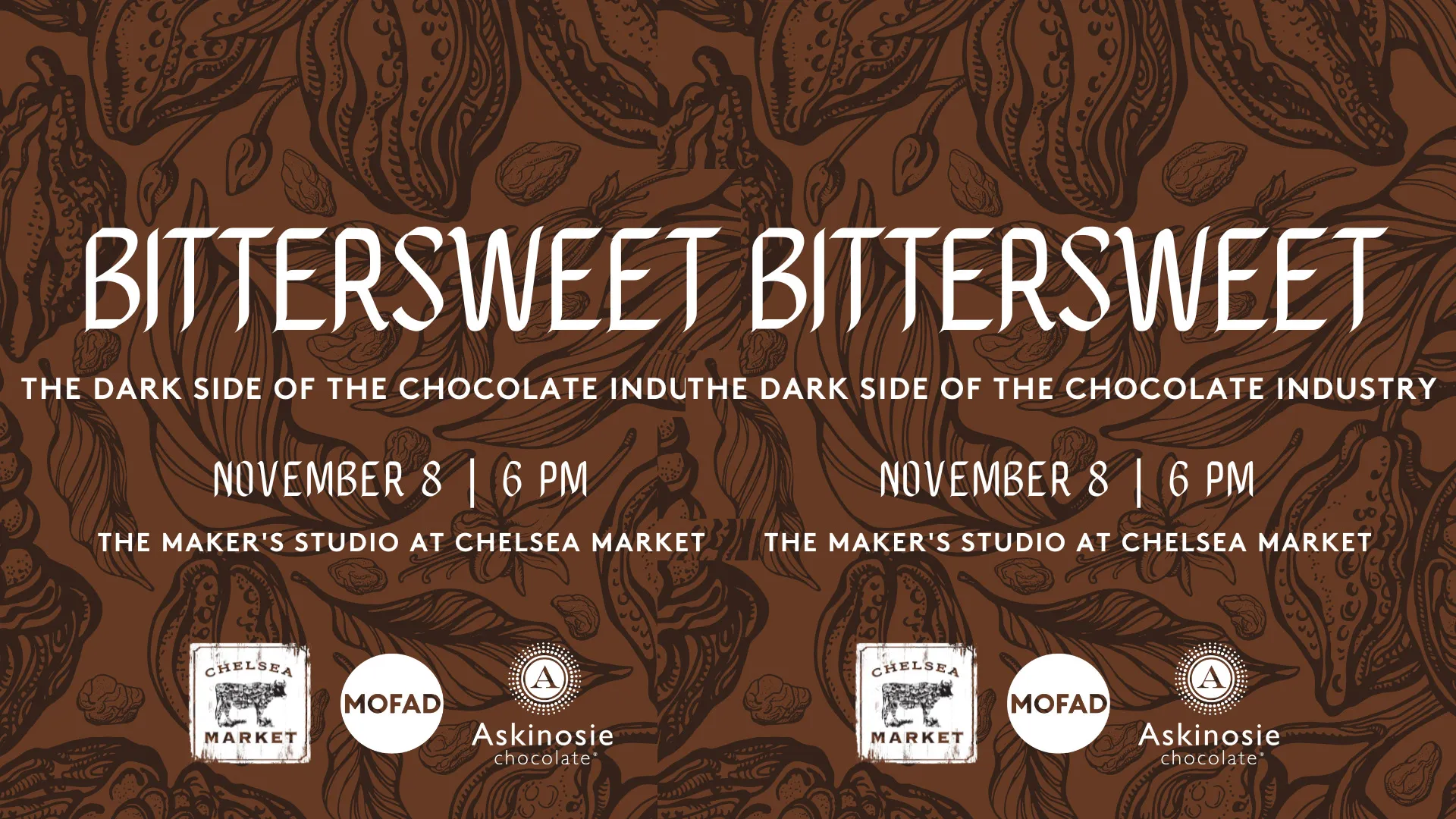
This post was created for participants in the MOFAD Nov 8 event at Chelsea Market’s Maker’s Space as well as for people who are interested in the topic of ending illegal child labor and slavery in cocoa.
When The Chocolate War is available on streaming services I will post an update here.
Organizer/Sponsor Links

The next event in the MOFAD series at the Chelsea Market Maker’s Studio:


When in Chelsea Market (for example for the next MOFAD event), Chelsea Market Basket has a decent selection of chocolates you can feel good about purchasing.
NOT recommended brands include Dolfin, Leonidas, and Côte d’Or, among others.
Recommended brands DO include, Hogarth, Askinosie, Original Beans, Firetree, Pump Street, Goodnow Farms, Dick Taylor, and others shelved together with these brands. Please note that the selection will vary as items may be out of stock.
There is a hometown favorite (my term for long-established brands in a city) chocolate store in Chelsea Market – Li-Lac Chocolates. They are on my not recommended list as they purchase industrial couverture from companies sourcing beans in W Africa that cannot reliably be considered free of illegal child labor or slavery.
My #1 Tip For How (and Where) To Buy Chocolate You Can Feel Good About
Avoid buying your chocolate at a convenience or drug store.
Some specialty grocery store chains offer good options, but most chains, including Whole Foods (now owned by Amazon) mix in brands that appear good (e.g., Tony’s Chocolonely) and/or that are owned/invested in by companies to avoid (e.g., Lily’s is owned by The Hershey Company; Blue Stripes Cacao has investment money from Hershey; Hu Kitchen is owned by Mondelēz; Justin’s is owned by Hormel Foods).
If you want to buy chocolate you can feel good about, my simple advice is to go to a specialty chocolate store like The Meadow (Portland, OR and NYC) or Caputo’s Market.


Online options abound, including The Meadow, Caputo’s, and Bar and Cocoa (linked to because a card cannot be generated). This is by no means an exhaustive list. You can also go to the websites of the companies mentioned.
Where to Look for Good Information

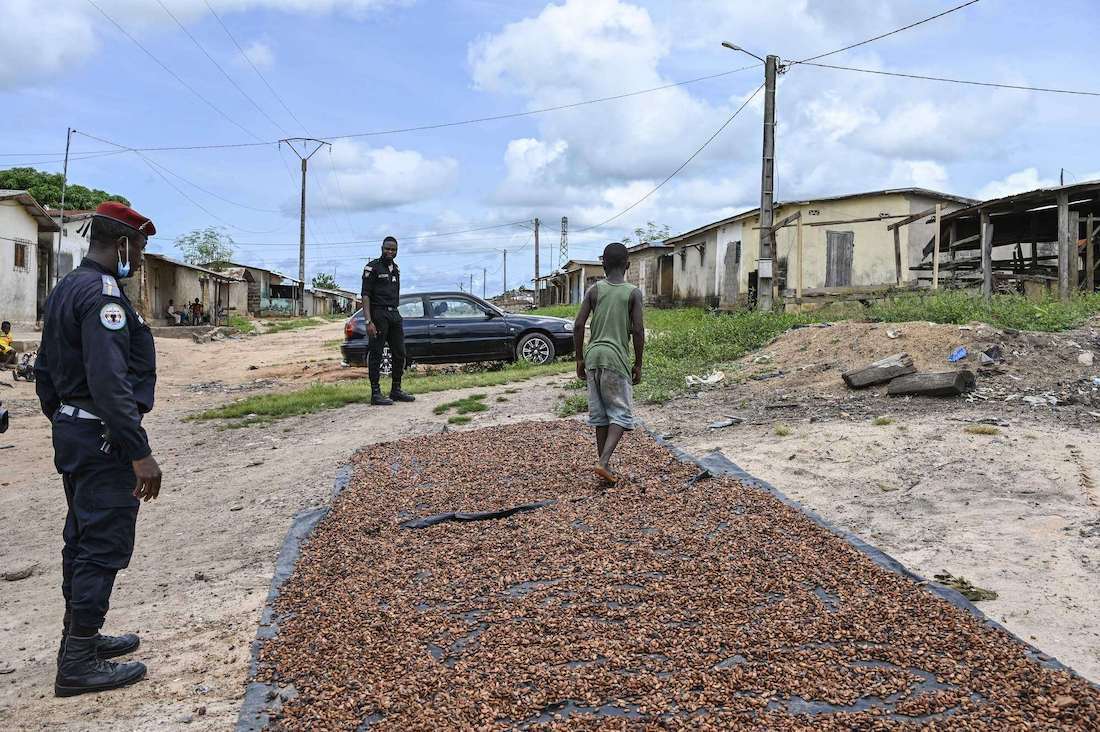

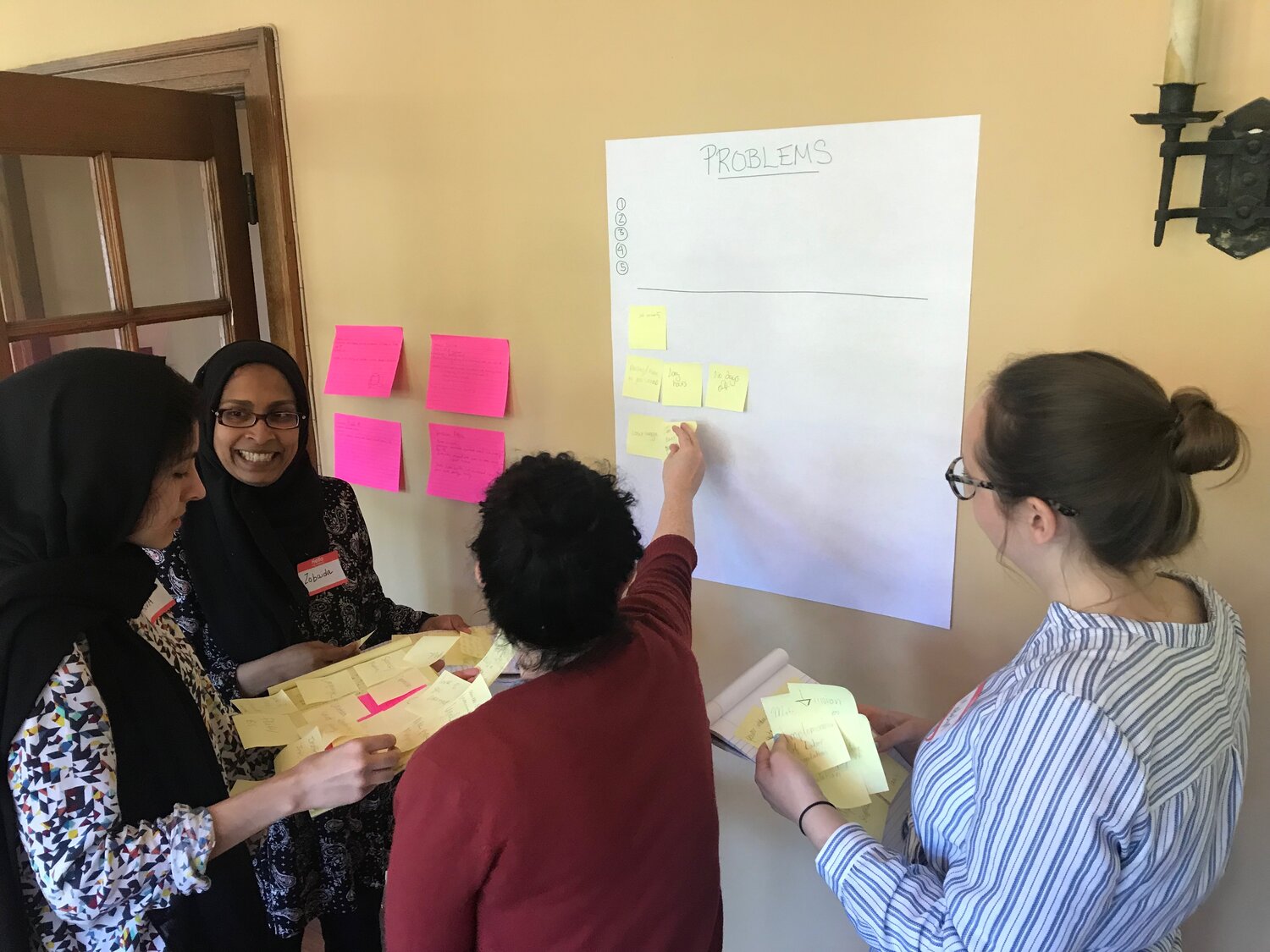

Where NOT to Look for Good Information

The methodology of the above “scorecard” is suspect at sooo many levels it’s hard to know where to begin, but the place I will start is in the presentation of the information and one of my bigger pet peeves – there is no indicator of progress over prior years. In addition the vectors (column headings) change from year to year as does their order, making it next to impossible t0 evaluate progress independently without a huge amount of background knowledge.
Also, there is no indication of relationships between companies on the list. Chocolats Halba makes the chocolate for Alter Eco – and Chocolats Halba slipped from its green egg/cat position in 2021 to a yellow position in 2022. Further, there is no indication of the relationship between Tony’s Chocolonely and Barry Callebaut. Many people will not know who Puratos is but may recognize the name Belcolade.
Finally, companies that sell directly to consumers (B2C) are mixed in companies that sell only to businesses (B2B) and chocolate manufacturers are not clearly differentiated from cocoa processors. It makes little sense (to me) to compare the minuscule supply chains of Alter Eco and Tony’s Chocolonely with those of Olam, Cargill, and Barry Callebaut – they do not belong on the same chart without clear indications of the differences in scale. This is a chocolate scorecard, not a cocoa scorecard – they are related but not identical.
ChocolateLife Articles & Live Streams on Related Topics
These are topics I have been writing and talking about for some time. Following are links to posts published here on TheChocolateLife – some of them in support of twice-weekly (at least when I am not traveling) TheChocolateLife::LIVE streaming series.

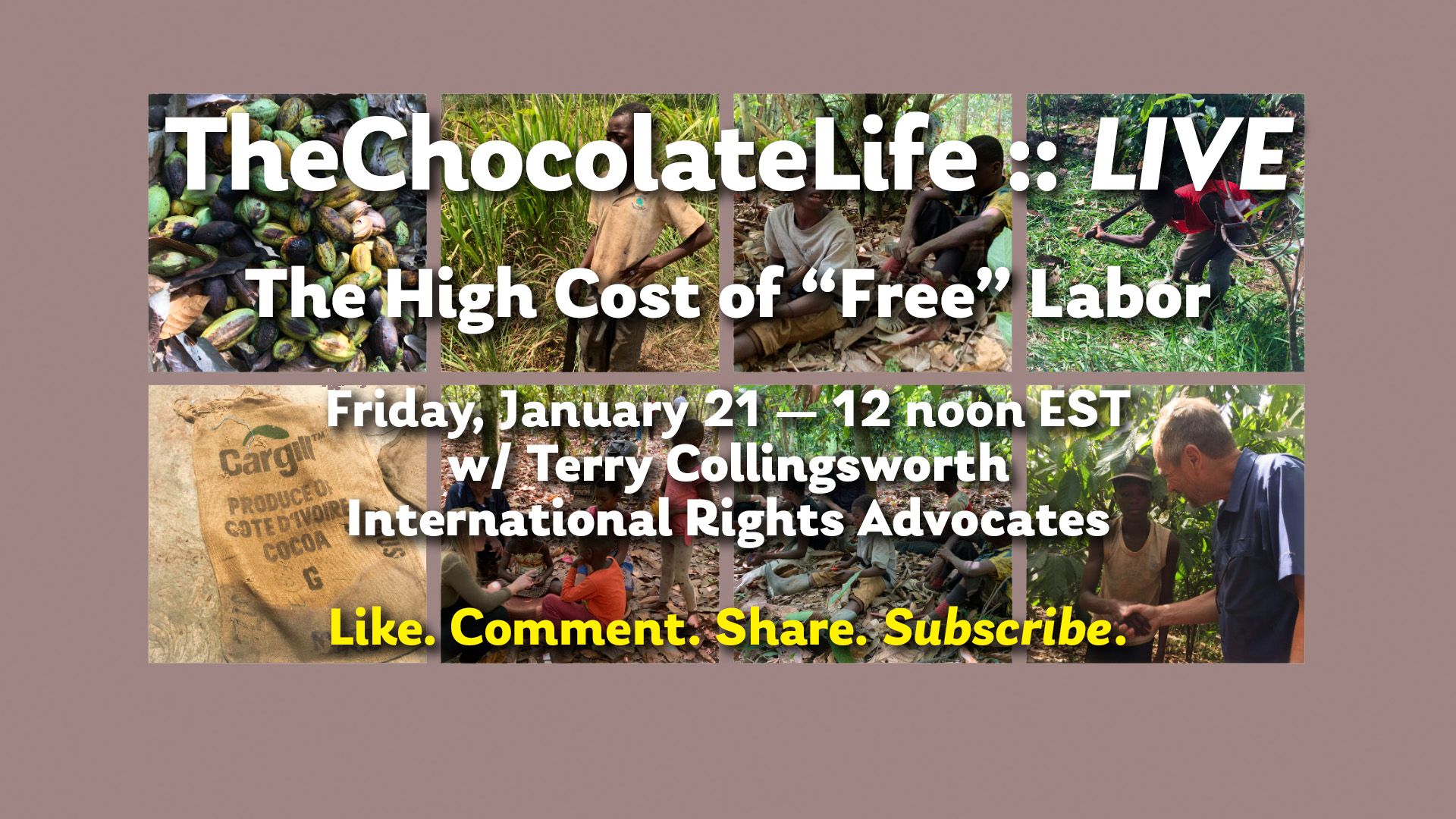
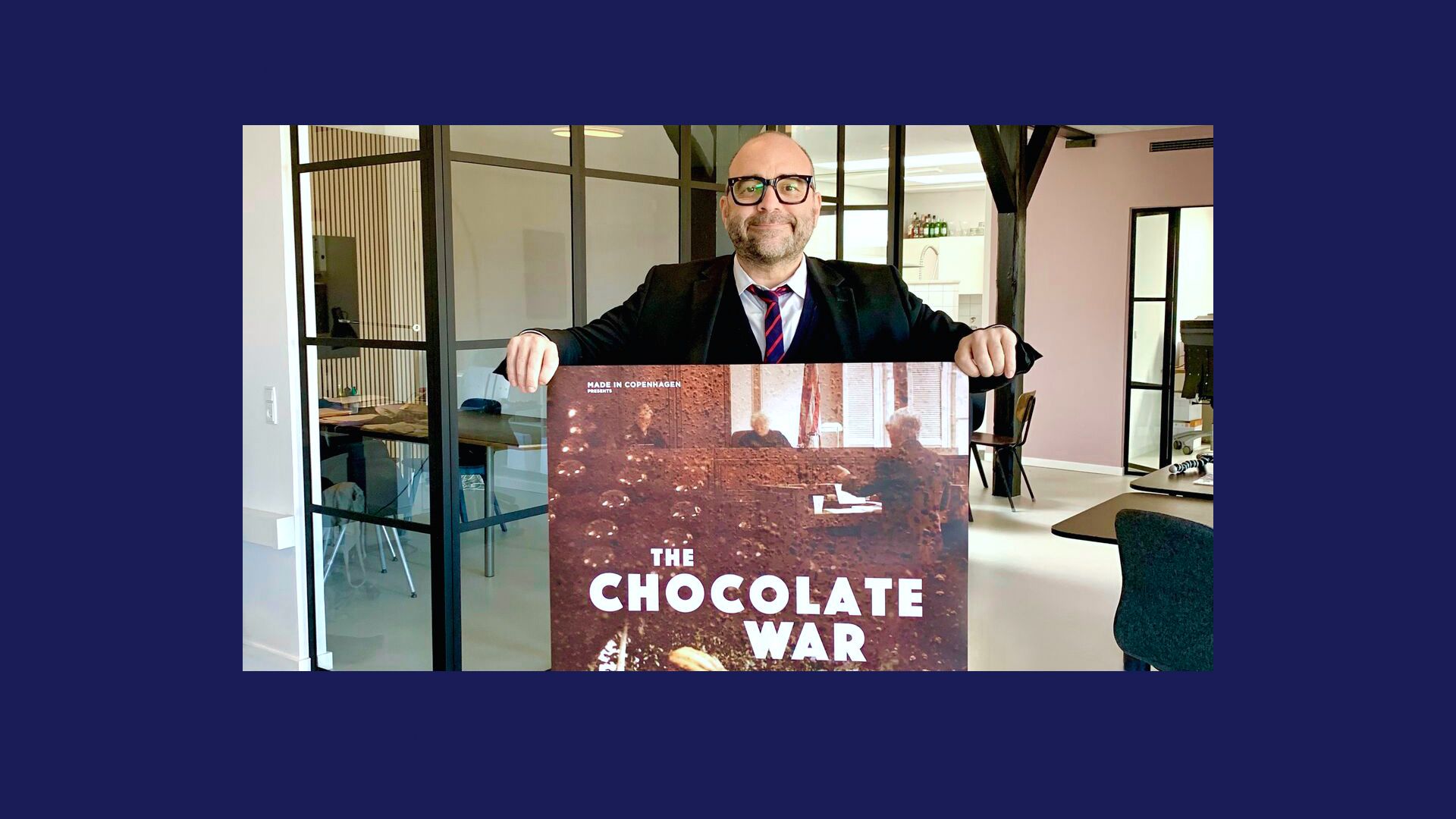
The Chocolate Was is being recognized at international film festivals, including:
- CPH:DOX F:act Awards 2022
- Cinema for Peace Award 2022
- Warsaw International Film Awards 2022
- Human Rights Film Festival Berlin 2022
- PRIX Italia 2022
- Films for Future Festival 2022
- EU Human Rights Film 2022
- Nordic Doc Film Festival 2022

This was my attempt to create an “anti-scorecard.” One of the first places I start out is defining what actions (there are eight) will get a company relegated to my wicked list. I also took a look at the pervasiveness of some companies in industries other than chocolate and food.
One question I ask is ... “Where do each of us draw the line when considering which companies to support by purchasing their products?”
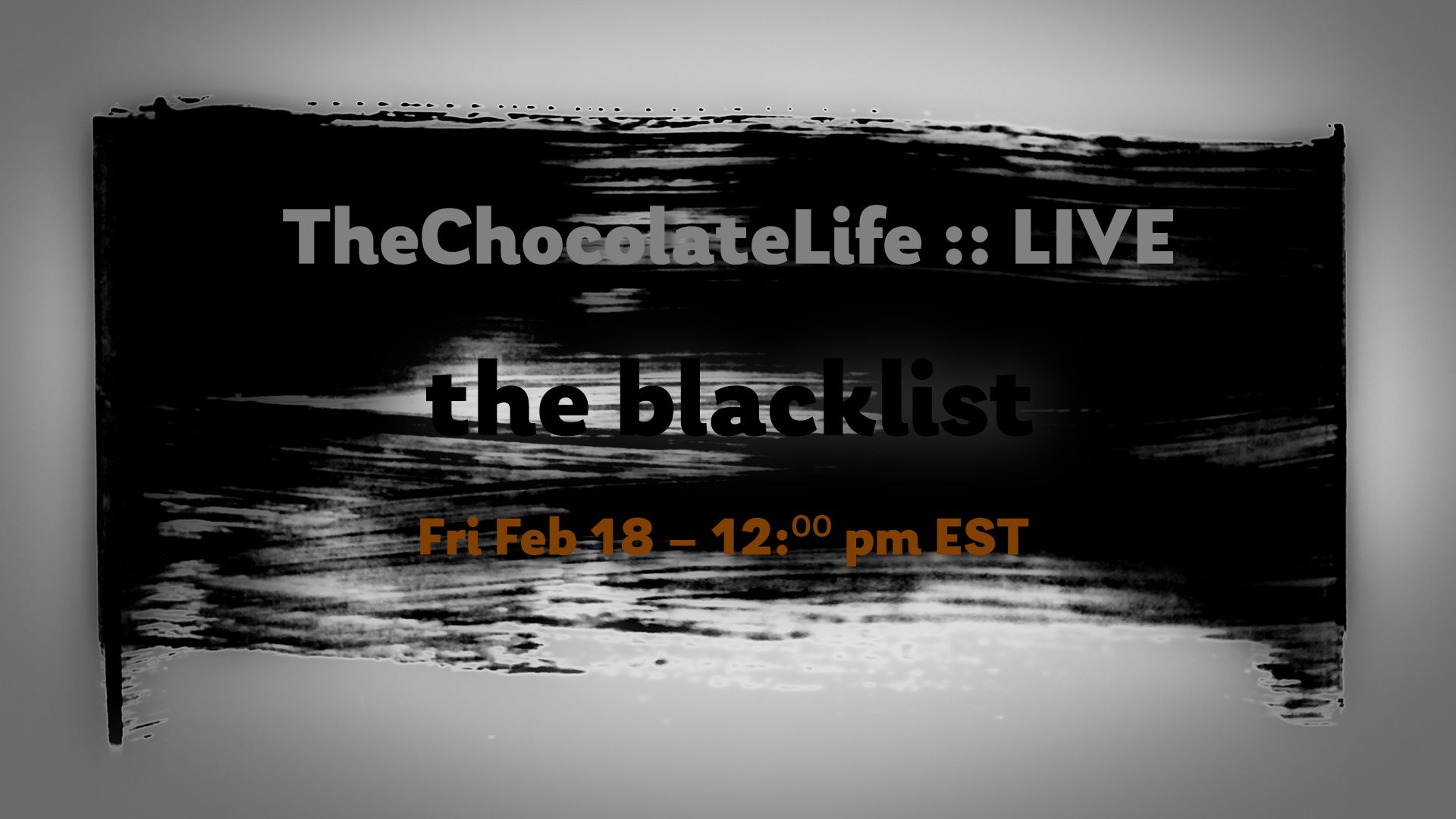
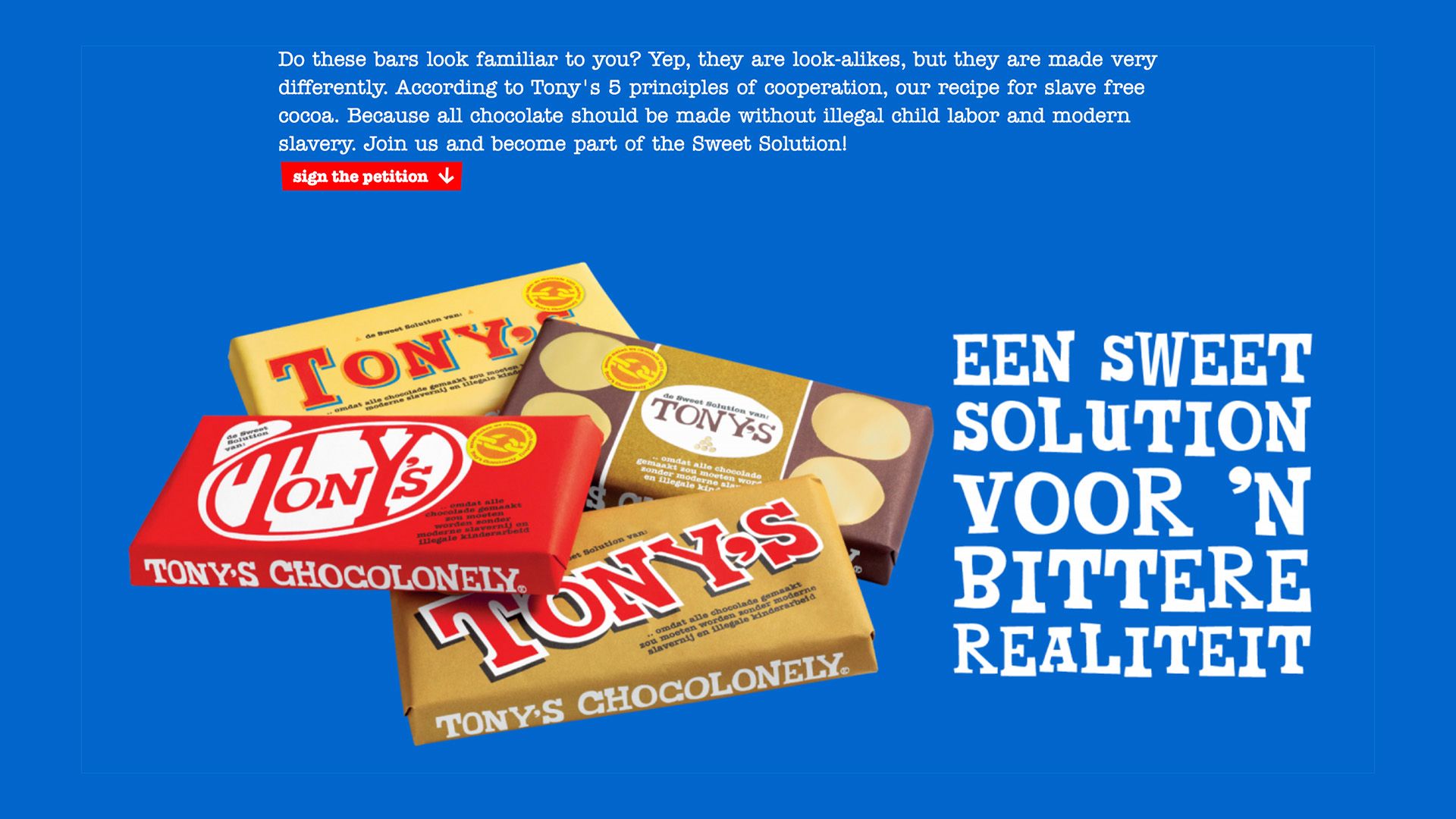

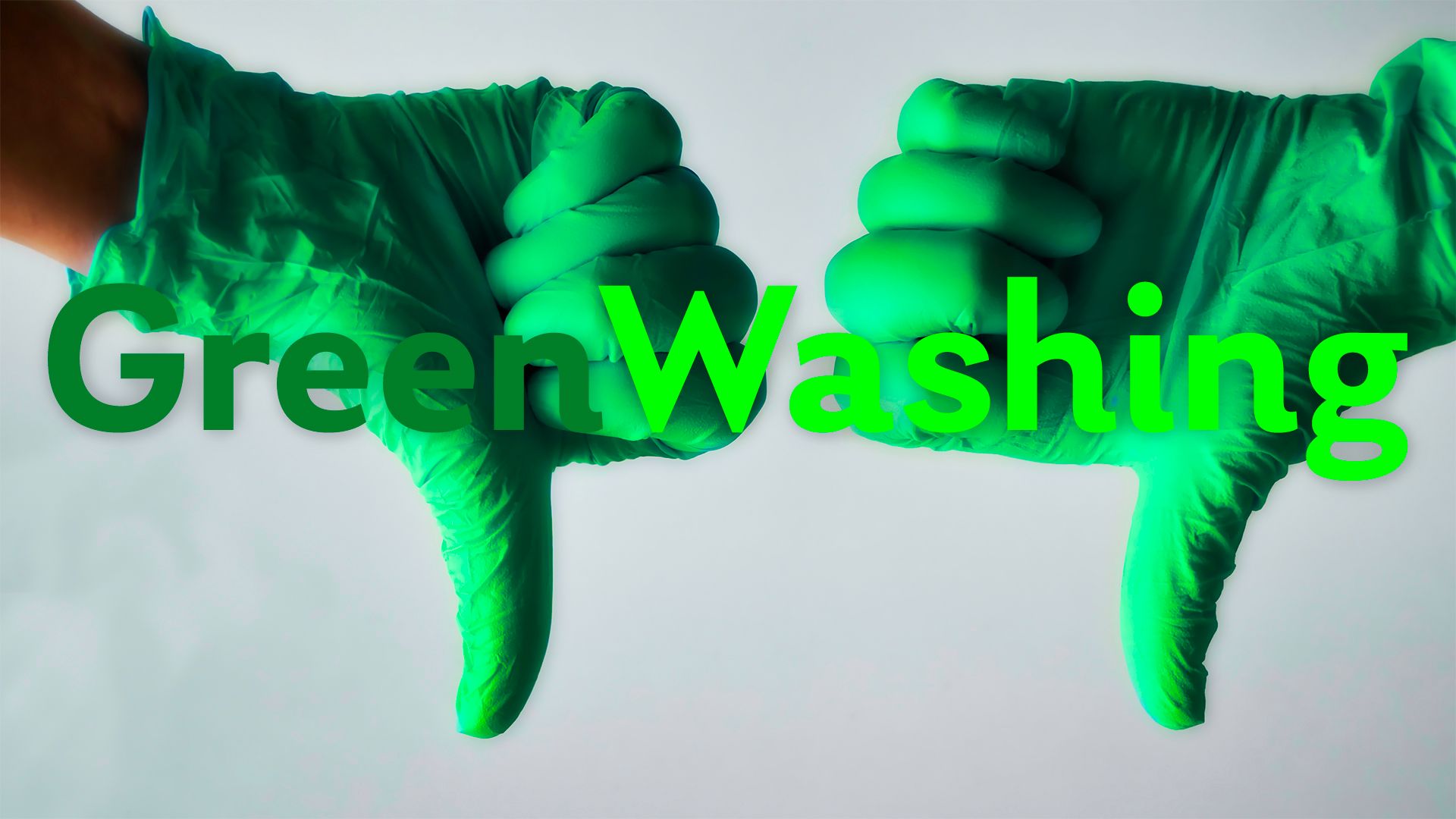
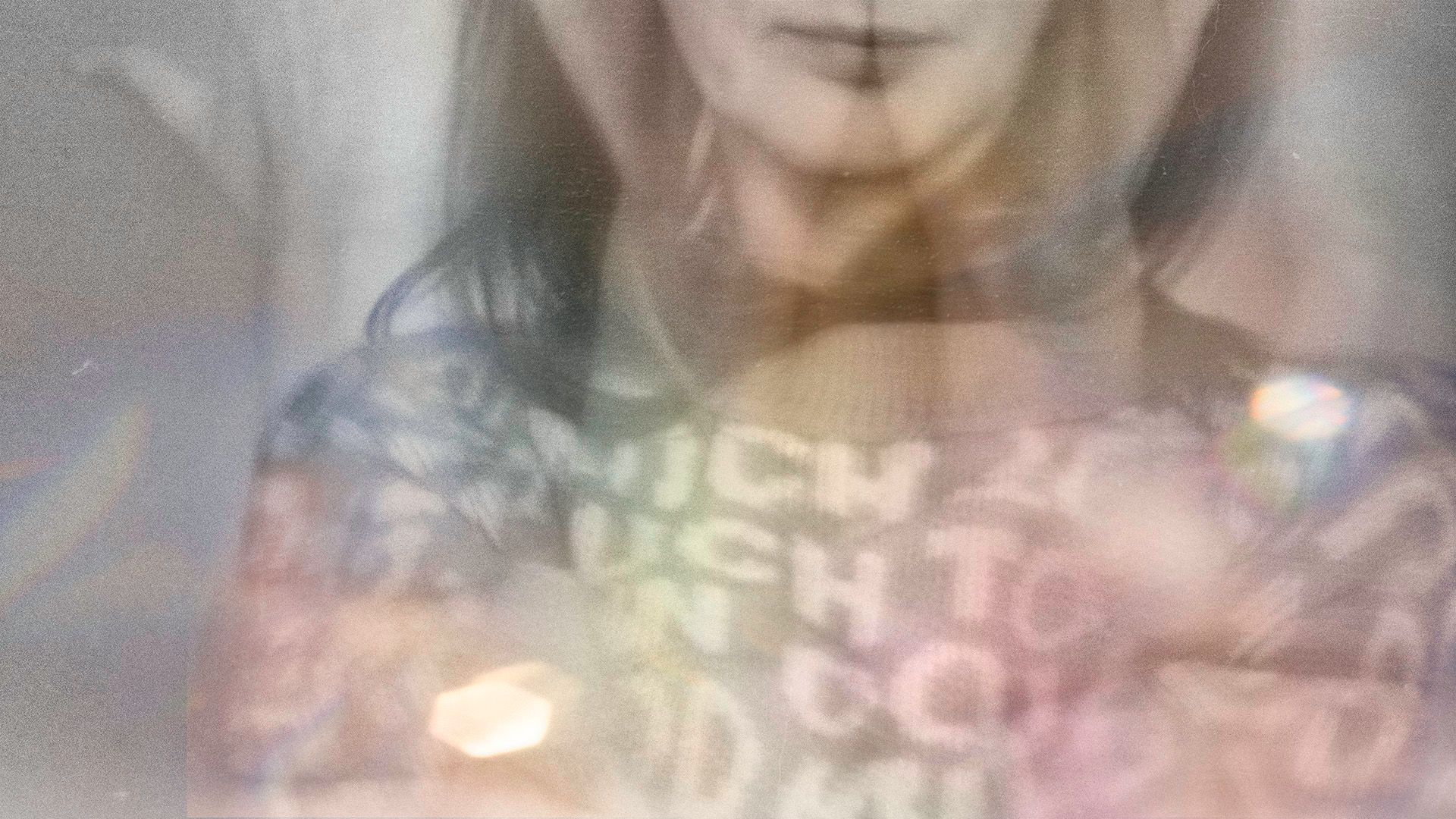

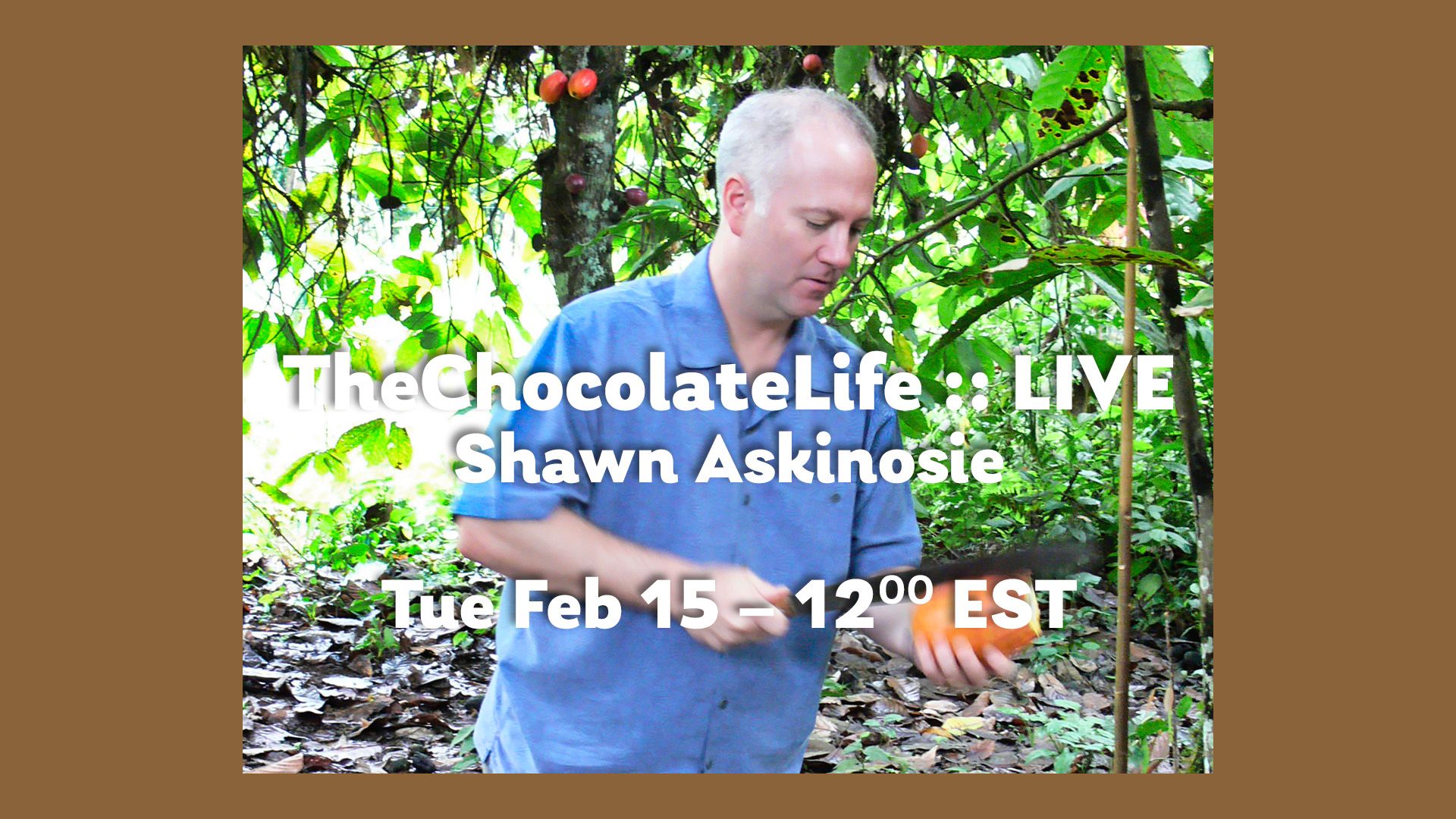
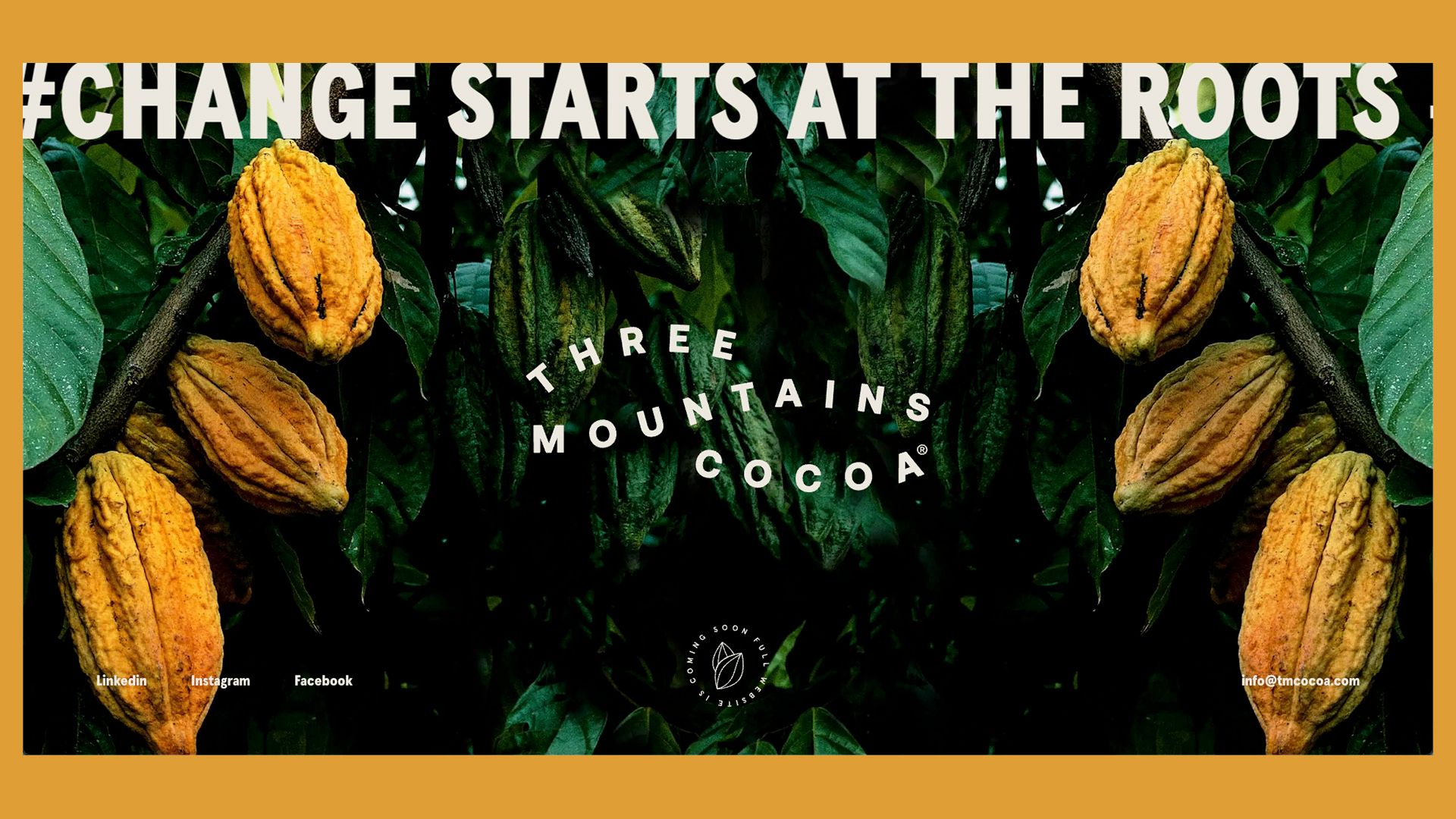

It looks like the Pono Cocoa website is longer up (it disappears from the Wayback Machine sometime between the December 27, 2021 and March 29, 2022 captures). The Facebook group is moribund, with fewer than 30 members with the last post apparently in August 2021. Their 2022 annual filing with the Hawaiian authorities is delinquent according to the hbe.gov website.
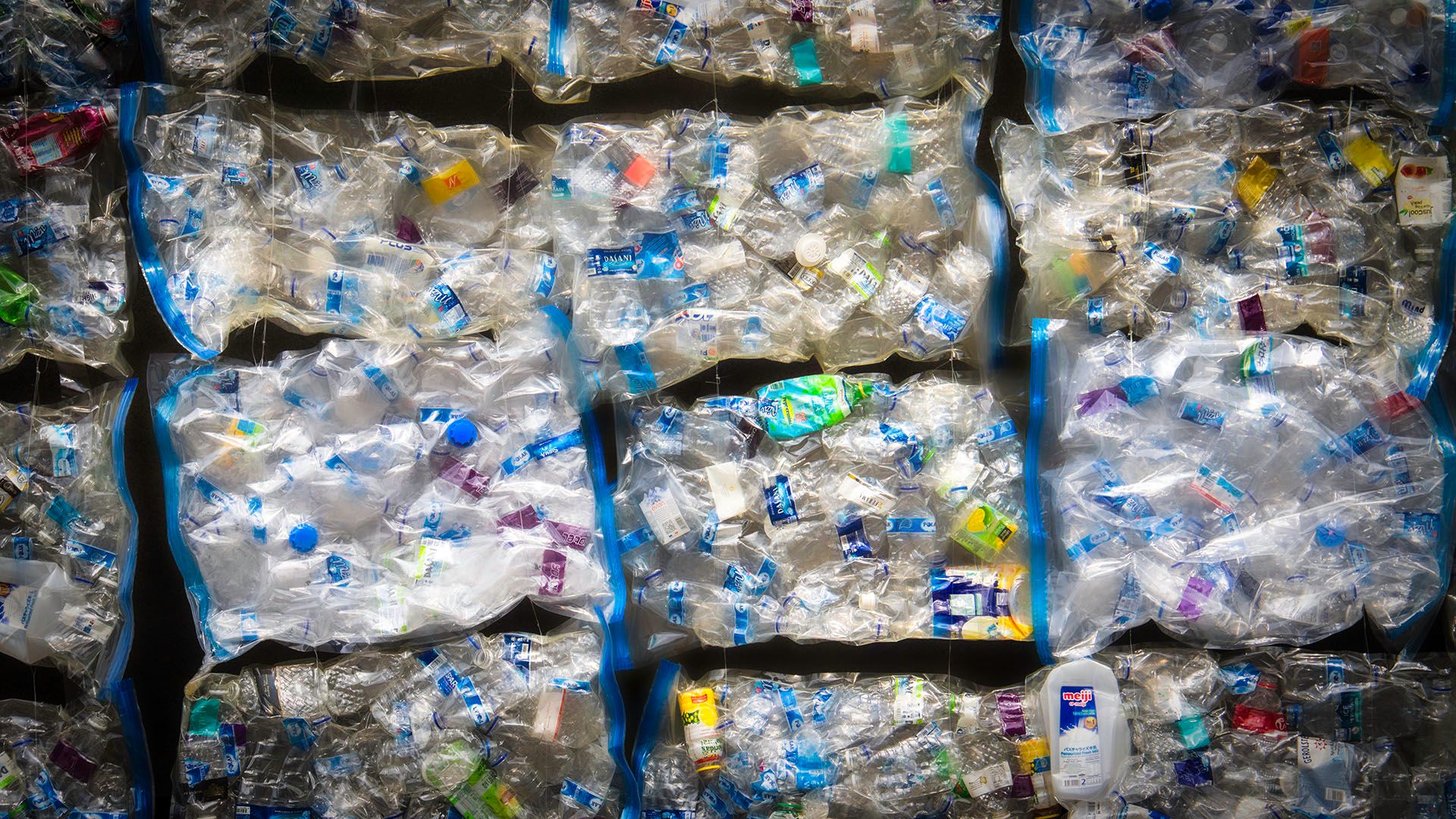
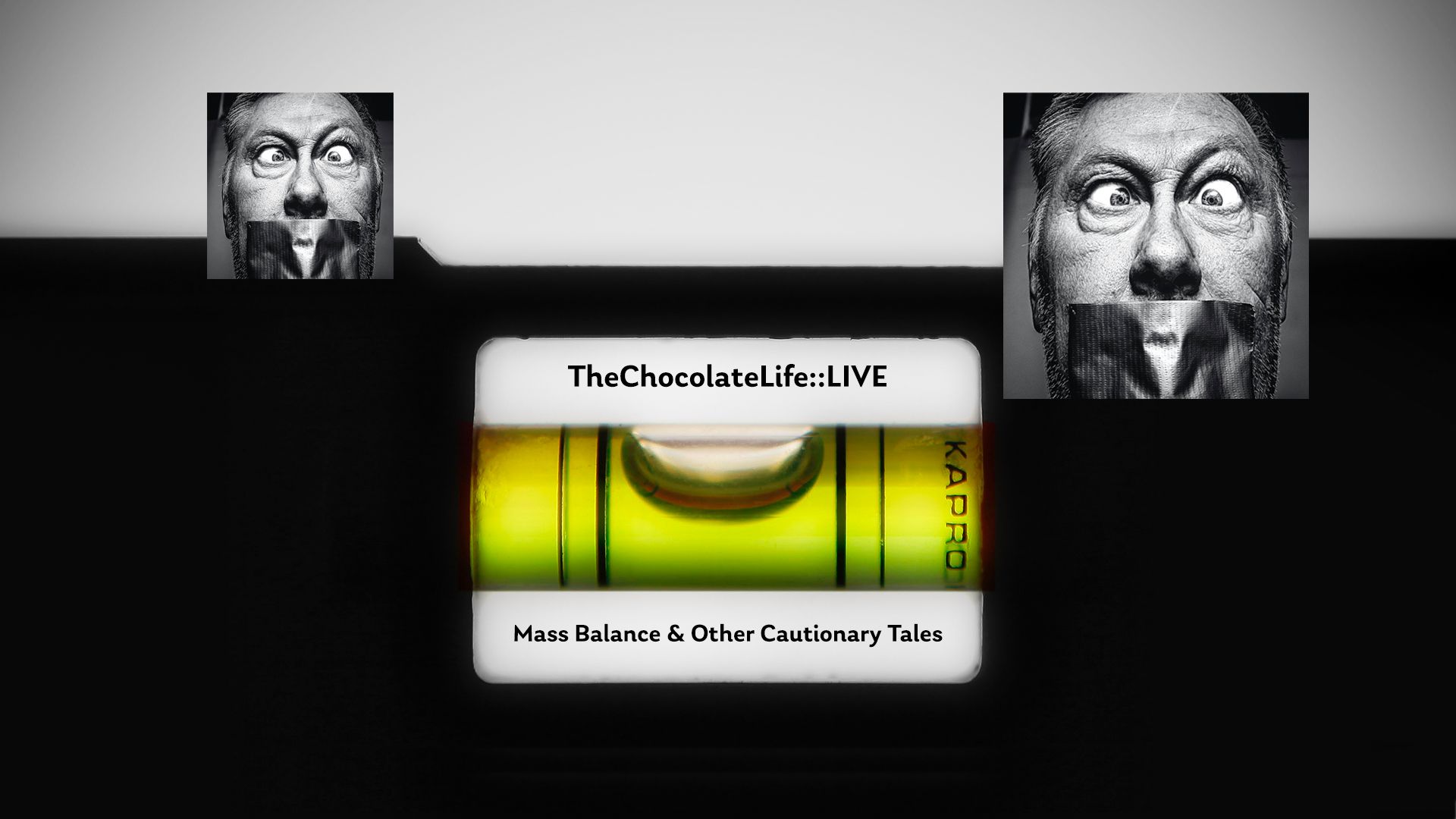
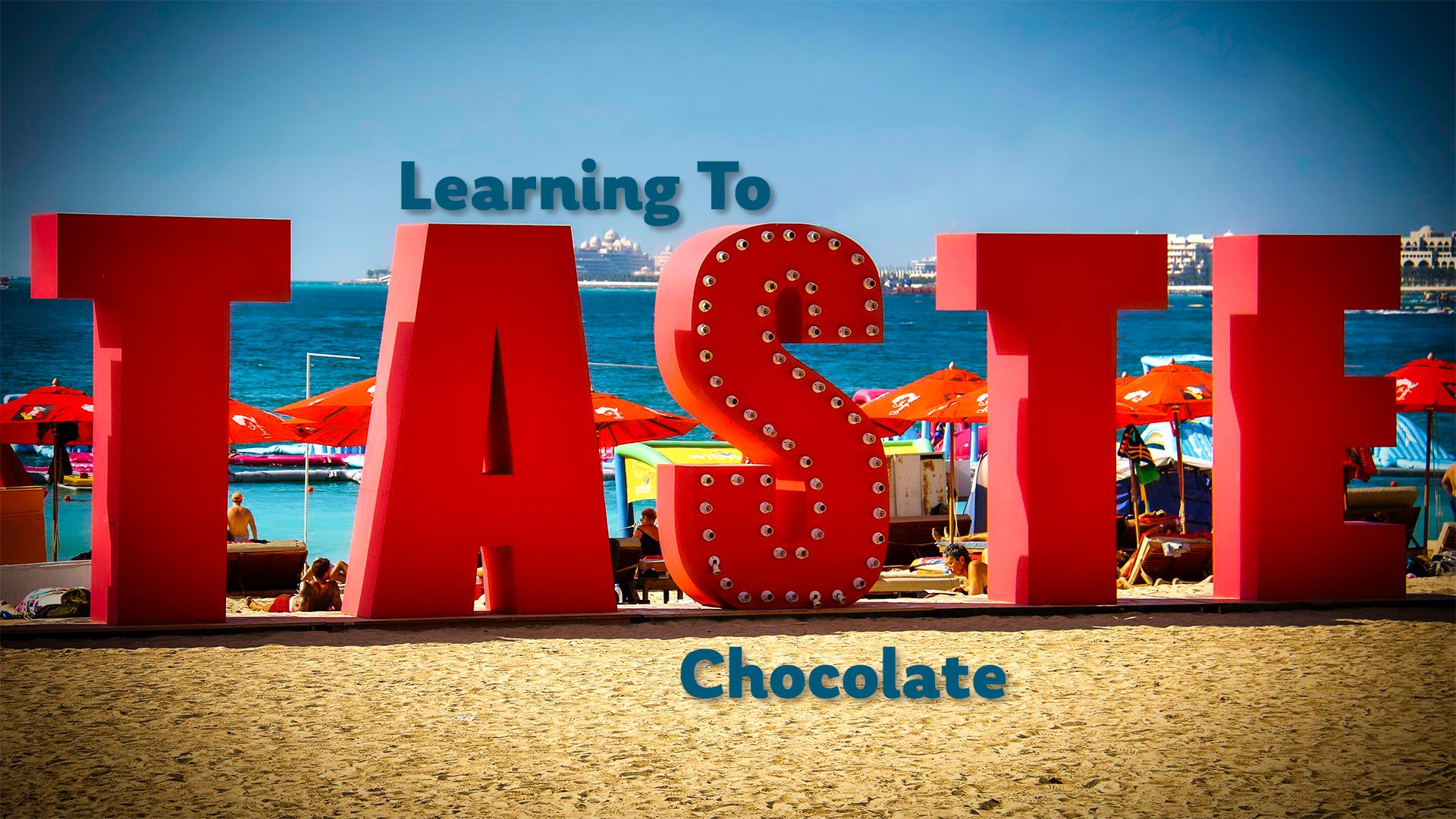
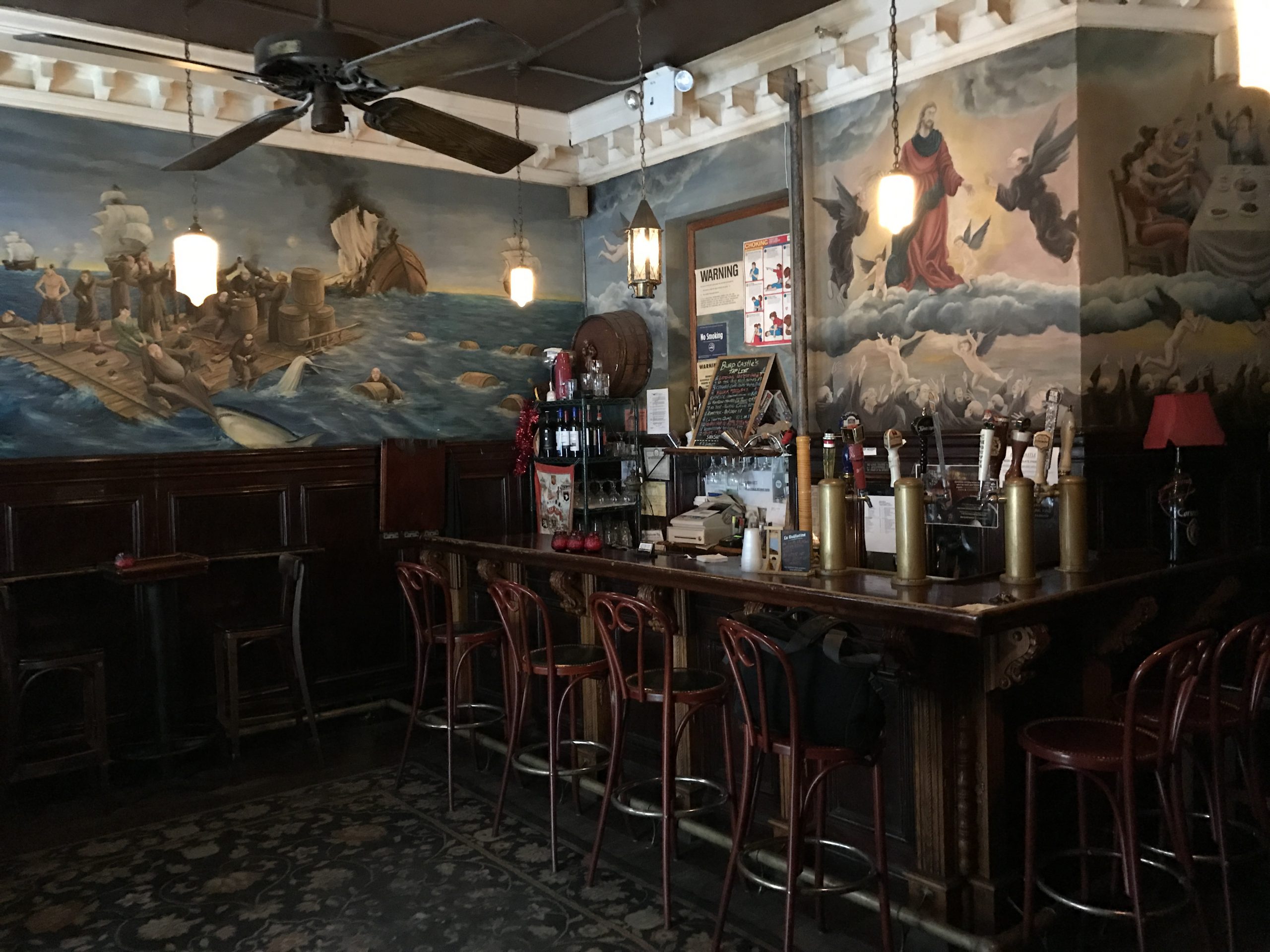
Reading
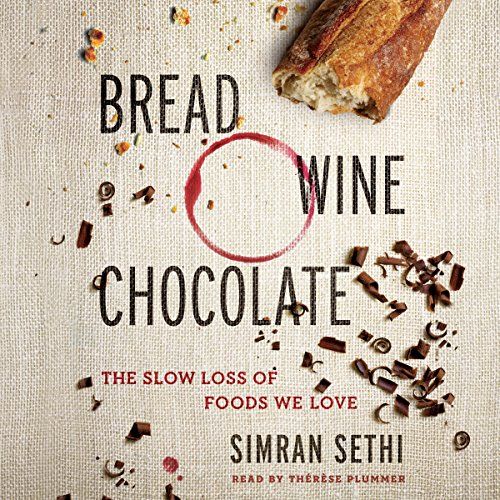
Bread, Wine, Chocolate: The Slow Loss of Foods We Live
Author: Simran Sethi
I had the great good fortune of being at a reading Simran gave in Asheville, NC shortly after the book was published, and so I missed her perspective on these topics during the event with Terry on Nov 8.
This book is on my must-read list for people interested in these topics.
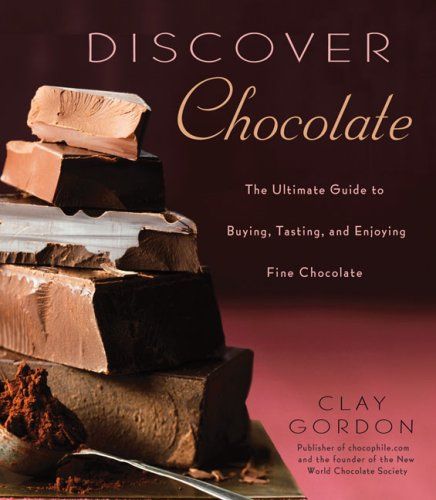
Discover Chocolate
Author: Clay Gordon
This is my book, published in 2007. It was written from the same perspective of an introduction to wine appreciation and connoissuership and was a finalist in the 2008 IACP book awards in the Technica/Reference category.
Leave them in the comments.










